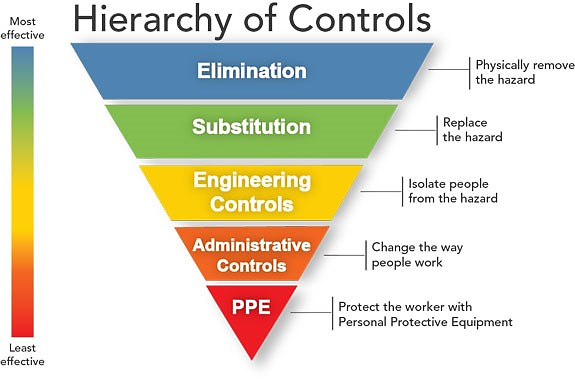Proper use of hearing protection can protect you from hearing loss and chronic tinnitus
Noise-induced hearing loss is incurable and permanent. Hearing loss due to noise in the workplace is the most common work-related illness in Europe. Aker Care would therefore like to raise awareness with regards to hearing loss caused by noise and how you can prevent it.
In this article you will find a video and a factual text about thia topic.
Video: Below you will find an informative video where you learn more about noise-induced hearing loss and how to use hearing protection.
Article:
Prevention of hearing damage
Noise is defined as unwanted sound. Exposure to noise is the best documented risk factor for hearing damage in a work environment context.
Persistently high noise levels and impulse noise can lead to hearing loss and tinnitus. But noise can also have other health effects, even at sound pressure levels lower than what can cause hearing damage. Research has shown that noise can increase the risk of symptoms of stress and lead to physiological changes in the cardiovascular system (increased blood pressure). Noise can also lead to an increased risk of occupational injuries by not perceiving or understanding signals correctly, or by missing out on critical danger and warning signals. Fatigue, irritation and decreased ability to concentrate and pay attention can also be consequences of noise.
In order to prevent hearing damage, a set of rules has been drawn up to protect workers from noise that is harmful to health. (Legal data – Regulations on protection against noise in the workplace) Please note that personal protective equipment (PPE) is the last barrier, and that all other barriers should be evaluated and implemented first. See picture of the Hierarchy of Controls below.

Research has shown that the hearing can be gradually damaged by constant exposure to an average noise value above 80-85 decibels (dB) during an eight-hour working day (continuous sound), and hearing damage and tinnitus can occur immediately upon exposure to a short-term sound pressure of > 130 dB (impulse sound). Noise above 85 dB or impulse sound above 130 dB carries a high risk of damage to the hearing.
There are no requirements for using hearing protection for noise below 80 dB. However, if noise is between 80 – 84 dB, the employer must provide appropriate hearing protection. Employees must also be informed of the potential risk of permanent hearing damage. At noise above 85 db, the risk of hearing damage is great, and hearing protection is mandatory.
Hearing Protection
We have different types of hearing protection:
- Safety ear muffs
- Earplugs – universal (disposable)
- Earplugs – individual (molded)
- Dual hearing protection: safety ear muffs + earplugs
It is important to know the factors that can affect how effective the protection is. Factors that reduce the effect of hearing protection are:
- heavy beards/sideburns or wearing glasses, both break the seal that the earmuff cushions make around the ear
- the hearing protectors do not fit properly, are inserted or worn incorrectly
- only worn periodically or removed even for a short time
Hearing protection must be properly adjusted and used throughout the entire exposure period.
The effect of the hearing protection when:
- Used 100% of the exposure time: Provides expected protection
- Used 99% of the exposure time: 5 minutes of “sloppiness” during the day significantly reduces the effect of hearing protection
- Used 90% of the exposure time: No longer provides secure protection
It is therefore very important to use hearing protection 100% of the time in noisy environments to prevent hearing damage end ensure that you will get the full protection that the chosen hearing protection provides. Hearing protection must be replaced or maintained regularly
Always make a risk assessment before starting a task. Think about your health and make sure you choose the right hearing protection.
Figure courtesy: CDC (https://www.cdc.gov/niosh/topics/hierarchy/default.html)